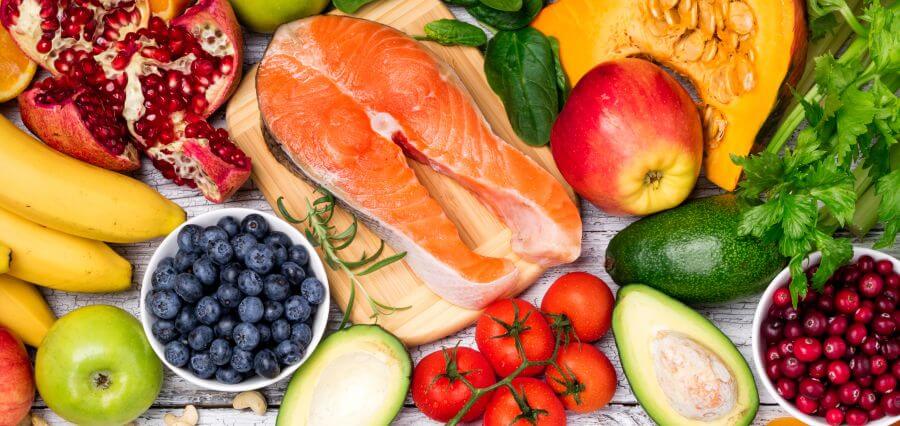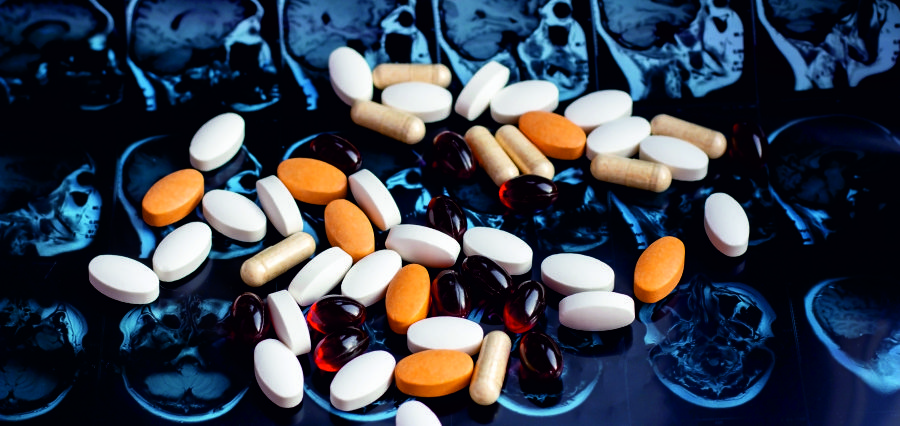A doctor has taken to TikTok to share advice on what to eat and what to avoid to reduce the risk of heart attack or stroke. Known as Dr. Sooj on the platform, @doctorsooj offers simple dietary changes to help lower this risk.
The NHS explains that high cholesterol, an excessive amount of fatty substances in the bloodstream, is often linked to diet, with fatty foods being a major contributor. Other factors such as lack of physical activity, obesity, smoking, and alcohol consumption also play a role. Genetics can contribute too—if high cholesterol runs in your family, you may be at higher risk.
High cholesterol levels increase the risk of heart complications and strokes, warns the NHS. Fortunately, small lifestyle changes can help reduce these risks.
“Diet is a key contributing factor to high cholesterol levels. This means we want to reduce food with saturated fat in it,” reports the Daily Record. Dr. Sooj elaborates, “This includes biscuits, cakes, cheeses, butters, and we want to increase the amount of unsaturated fat in our diet. That means using things like olive oil, nuts, and oily fish.”
The NHS supports this advice, emphasizing the importance of cutting down on foods containing coconut oil. They’ve highlighted that high cholesterol “does not usually cause symptoms” and is typically discovered through a blood test.
To combat this silent issue, they suggest cutting back on foods like meat pies, sausages, and fatty cuts of meat while increasing your intake of fruits and vegetables. Here’s a quick guide:
Try to eat more:
- Oily fish, like mackerel and salmon
- Brown rice, wholegrain bread, and wholewheat pasta
- Nuts and seeds
- Fruits and vegetables
Try to eat less:
- Meat pies, sausages, and fatty meat
- Butter, lard, and ghee
- Cream and hard cheese, like cheddar
- Cakes and biscuits
- Food that contains coconut oil or palm oil





